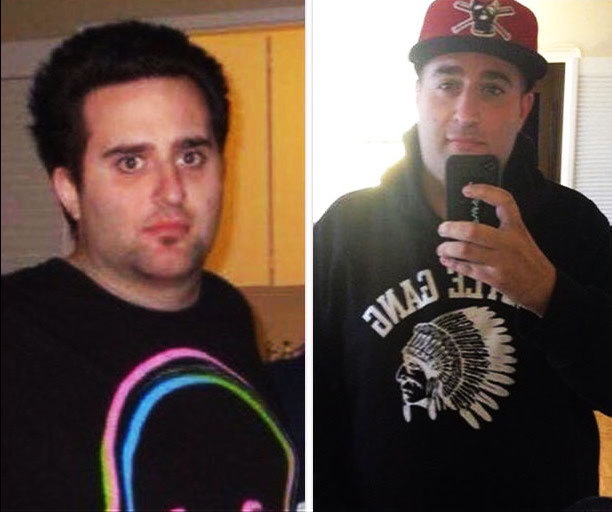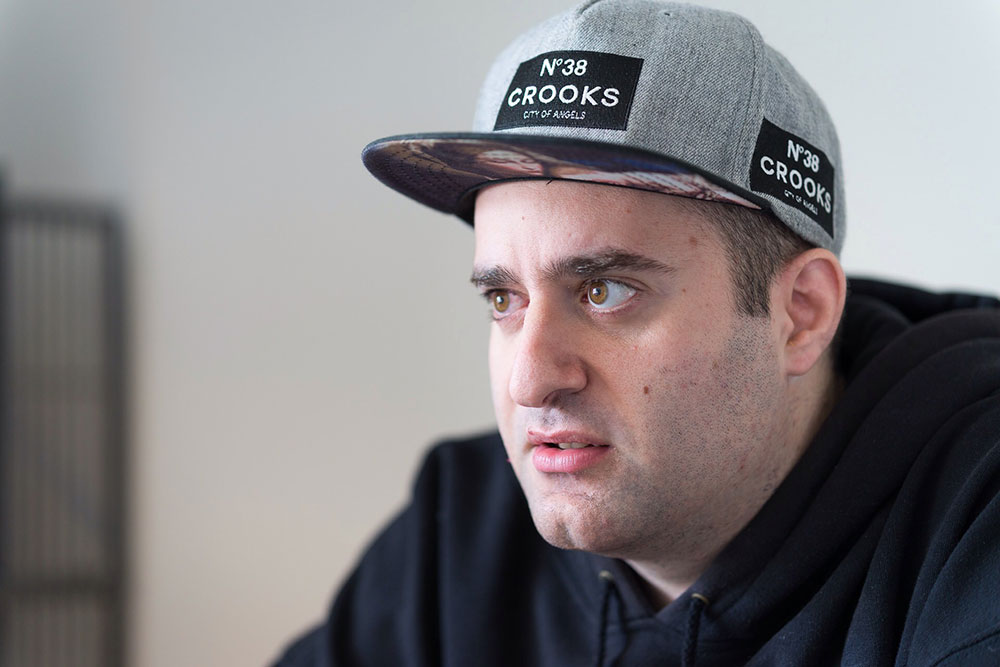one doctor threatened to contact the police if Paolino ever went back to the ER. The doctor had brought up addiction, but Paolino was still in denial. He eventually transitioned to taking methadone but continued taking strong opioids.
When the ‘cure’ is as addictive as most drugs
Methadone is known to be very addictive and can be especially problematic when the person taking it isn’t ready to stop using drugs or does not have access to any type of behavioral counseling, which was the case for Paolino.
“I was taking a lot, and I had never been to treatment,” he said. “We have a great health care system because everything is free, but you have to wait for your time. If your condition isn’t imminently life threatening, there’s a lineup. They don’t consider addiction life threatening, as they should.”
Paolino said he believes methadone is an aide to sobriety, but after taking it for 12 years, he doesn’t think that an addict can rely on it alone. “It’s sad that a lot of people feel so lonely and can’t even go to a meeting,” he said. “That was hard for me and led to a lot of relapses. No one would help me. The doctors kept pushing it, saying that I was born an addict and that I would die if I went off the methadone.”
He recalled actually realizing he had a drug problem when his habitual daily drug intake consisted of four patches of fentanyl, 120 mg of methadone, 8 mg of Xanax, 2 mg of clonazepam, 10 mg of Ambien, 200 mg of trazodone, 90 mg of Paxil, in addition to varying amounts of Adderall. But he still craved for more and eventually started buying heroin on the streets.
At that point, Paolino had met other methadone users who influenced him negatively, so he began selling drugs. The mix of substances caused him to overdose four times.
Paths to sobriety

In 2012, Paolino tapered his methadone use for seven days. After that, he couldn’t handle the way he felt anymore. He relapsed and bought Suboxone on the streets out of somebody’s mouth.
He quickly realized Suboxone could help, but he couldn’t afford it. So, he decided to reach out to the former Minister of Health of Ontario, Deb Matthews, and ask what she could do about it.
“I tweeted her and basically said I’d hunt her down,” he said. “She messaged me back, and I was shocked. We had a phone call, and she explained that there was a program in the works. I was grateful that someone in a political seat took the time to give me some hope. Sure enough, by October of 2012 [Suboxone] was available for free.”
Between July and November of the same year, Paolino watched… (continue reading)

















